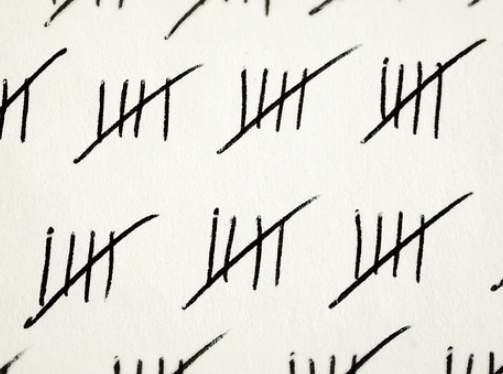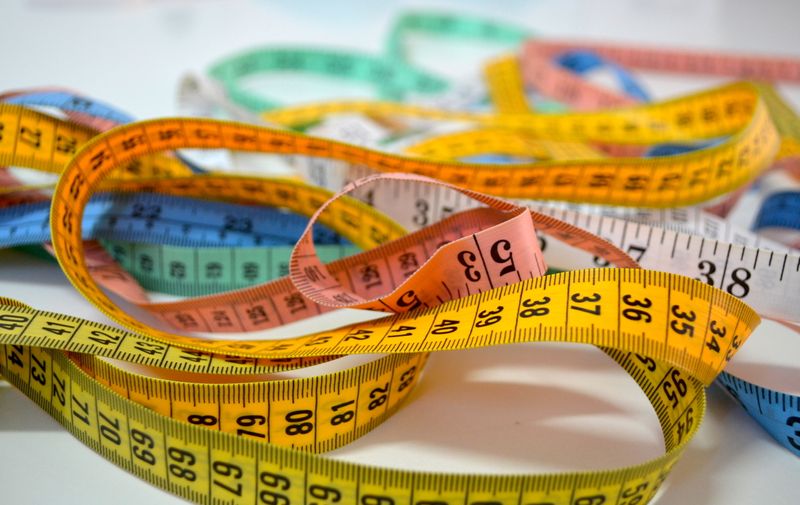
This logo isn't an ad or affiliate link. It's an organization that shares in our mission, and empowered the authors to share their insights in Byte form.
Rumie vets Bytes for compliance with our
Standards.
The organization is responsible for the completeness and reliability of the content.
Learn more
about how Rumie works with partners.

Different types of data perform distinct functions and can be used in a variety of ways.
Two types are discrete and continuous data.
Discrete Data
Discrete data is data which can be counted. On a graph, Discrete data would be represented with separate points that do not connect.
Examples of Discrete data include the number of:
Dogs together at a park
People standing together at a bus stop
Family members at the dinner table

Continuous Data
Continuous data is data which can be measured. It represents values that fall on a continuum. One of the distinguishing features of Continuous data is that it can be divided.
On a graph, continuous data would be represented with a connected line.
Examples include:
Time
Height
Weight

Quiz
The temperature forecast in Toronto for the next 7 days is an example of what type of data?
Temperature cannot be counted, but rather is measured. This makes it a type of continuous data.
Did you know?
This Byte was created by a volunteer professional that wanted to share this insight to help you succeed - no agenda, no cost.
Take Action
Now that you learned the difference between discrete and continuous data, you can start to observe the world through this lens.
In the picture below, what observation could you make about discrete data? How about continuous?

This Byte has been authored by
Lesley Grenville
IT Analyst
Edgar van der Meer
Travel junkie, aspiring blogger, and data analyst.
chris eastman
Web Development / UX / Content Management
Sumeet Malhotra
Lean Mean Talent Development Machine